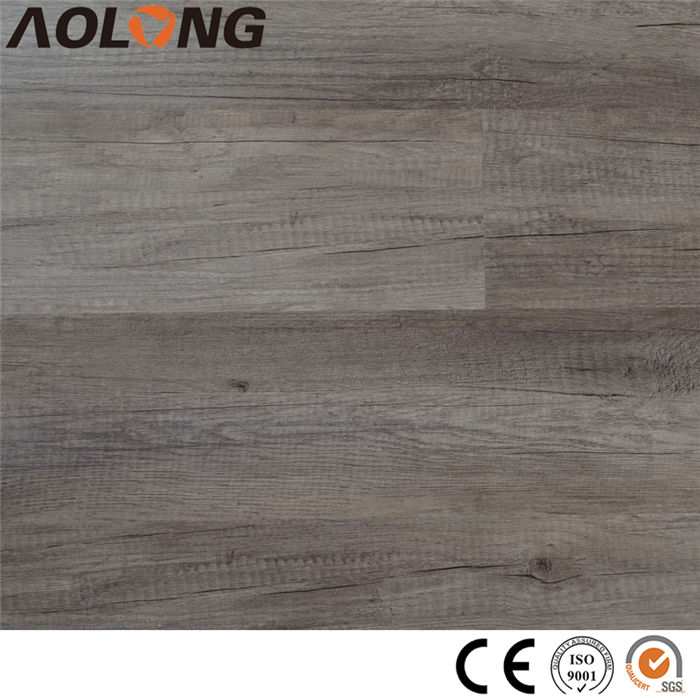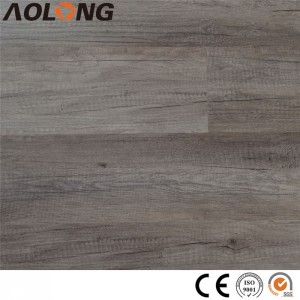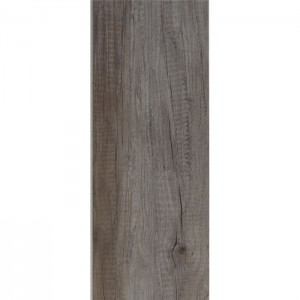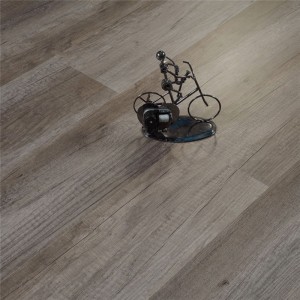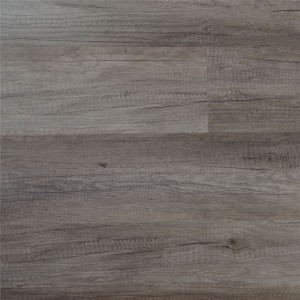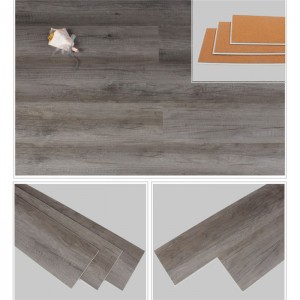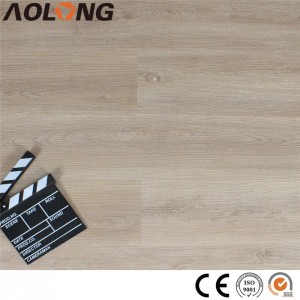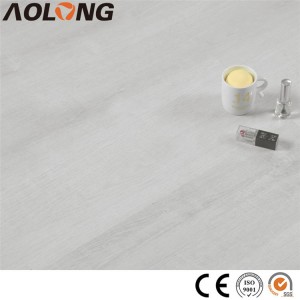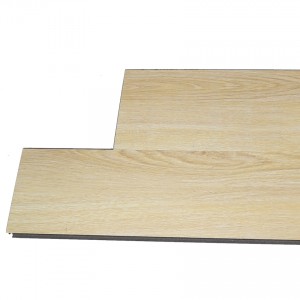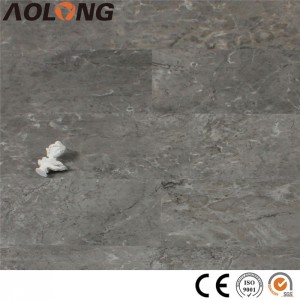According to the application site, the floor can be divided into engineering floor and household floor. Can engineering floor be used for household? Maybe many people don't know. Today I'd like to talk with you about the difference between engineering floor and home decoration floor, and whether it can be used for home.
What is engineering floor? According to the natural environment of pavement, the floor paved in office buildings, shopping malls, supermarkets, colleges, hospitals, public libraries, hotels and restaurants and other public places can be called engineering floor. Therefore, the engineering floor does not refer to a certain kind of floor, but refers to the general term of pavement construction decoration materials used in engineering.
What kind of floor does the engineering floor have? In the past, the engineering floor mostly refers to the reinforced floor, and then from the environmental protection, considering the gradual use of double-layer solid wood floor (that is, composite solid wood floor). But with the gradual increase of wood floor types, the types of engineering floor according to the actual application site key include the following: 1; 2. Plastic floor (mainly used in colleges, hospitals and kindergartens); 3. SPC floor (key used in hotel restaurant). The difference between engineering floor and household floor engineering floor is generally required by new projects. It is used for the floor decoration of large new projects. The amount of use is very large, so the price is more cost-effective. Therefore, the price difference is a big difference between engineering floor and household floor.




| Specification | |
| Surface Texture | Wood Texture |
| Overall Thickness | 5.5mm |
| Underlay(Optional) | EVA/IXPE(1.5mm/2mm) |
| Wear Layer | 0.2mm. (8 Mil.) |
| Size specification | 1210 * 183 * 5.5mm |
| Technical data of spc flooring | |
| Dimentional stability/ EN ISO 23992 | Passed |
| Abrasion resistance/ EN 660-2 | Passed |
| Slip resistance/ DIN 51130 | Passed |
| Heat resistance/ EN 425 | Passed |
| Static load/ EN ISO 24343 | Passed |
| Wheel caster resistance/ Pass EN 425 | Passed |
| Chemical resistance/ EN ISO 26987 | Passed |
| Smoke density/ EN ISO 9293/ EN ISO 11925 | Passed |

